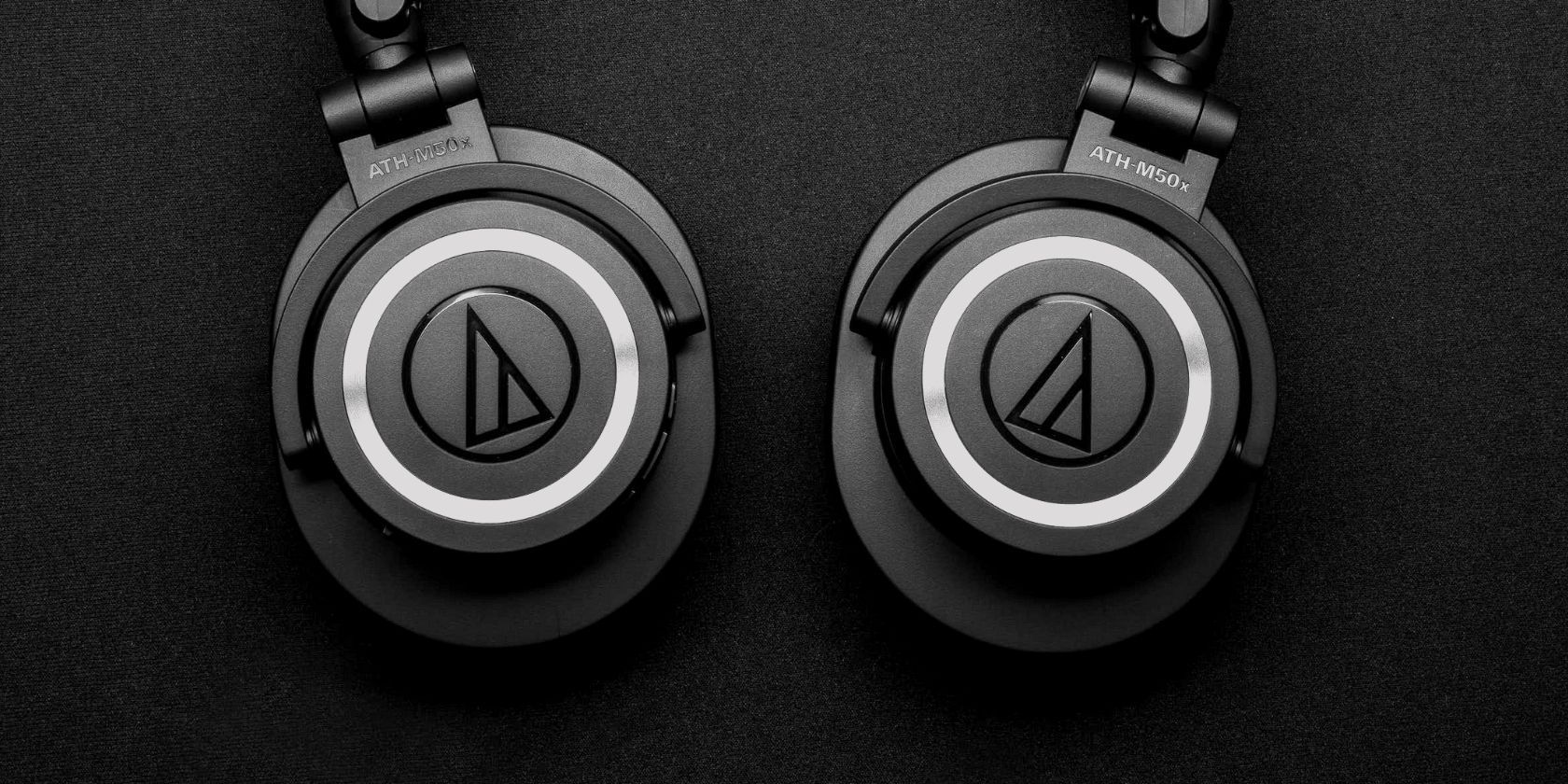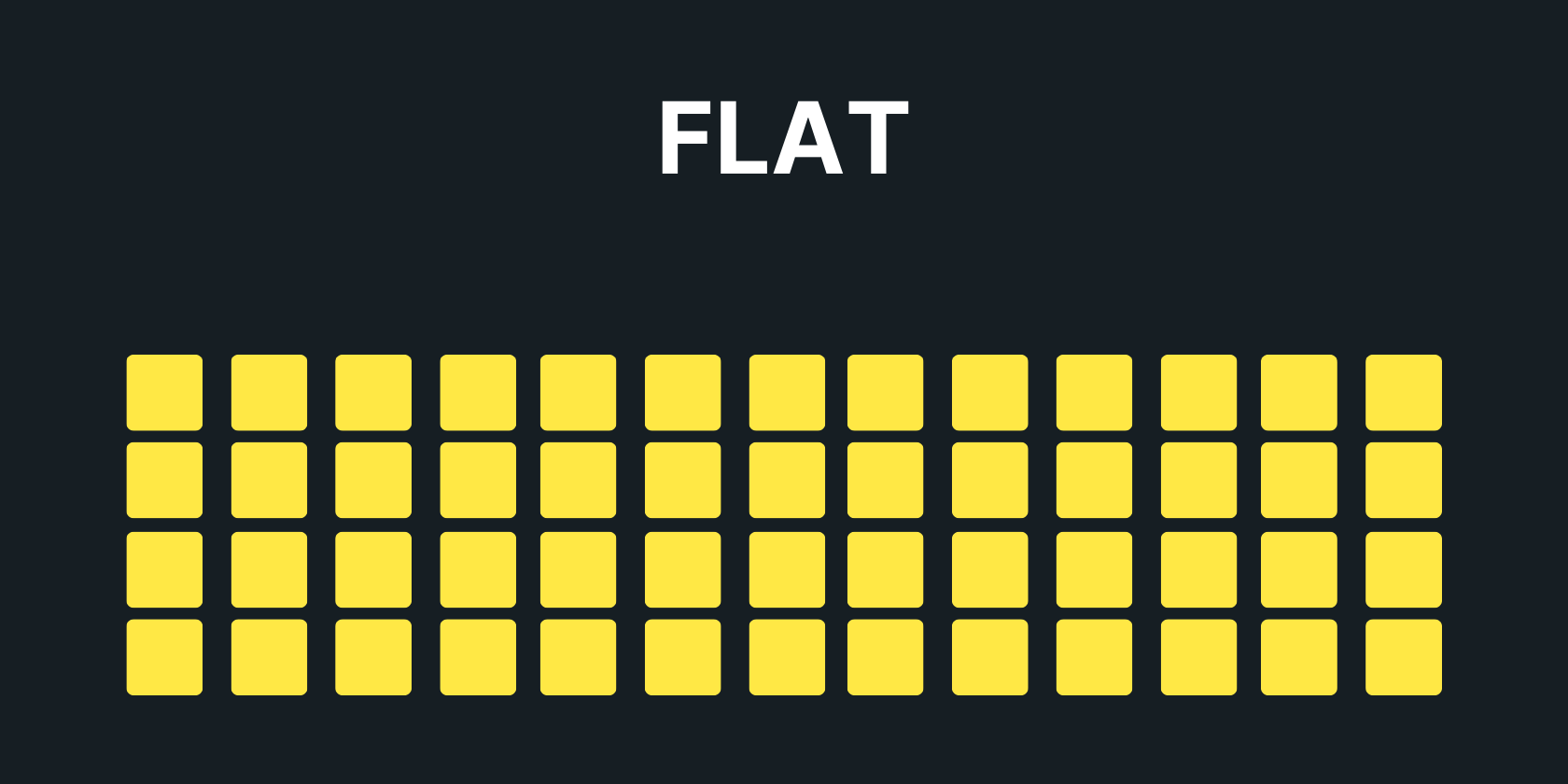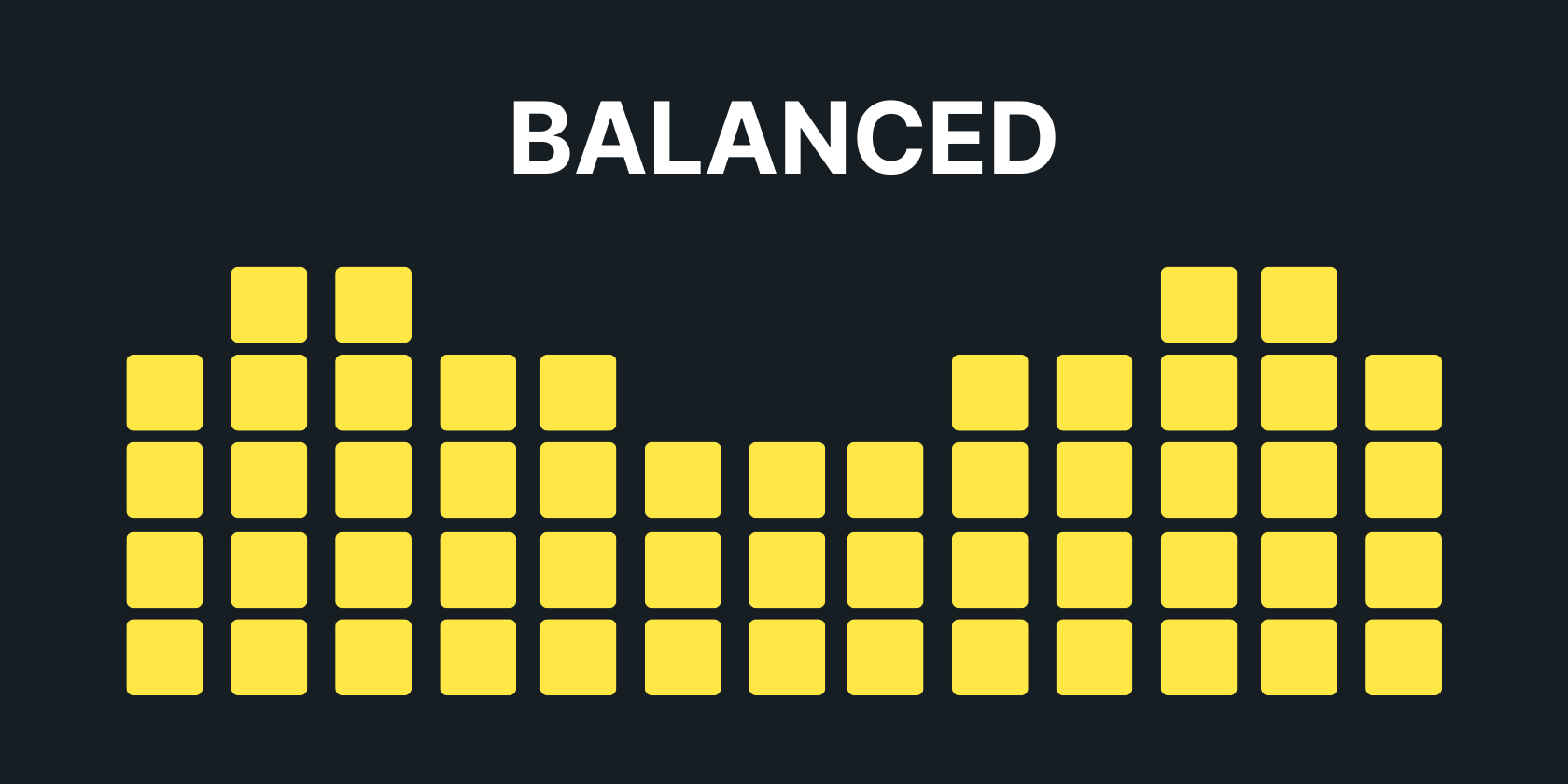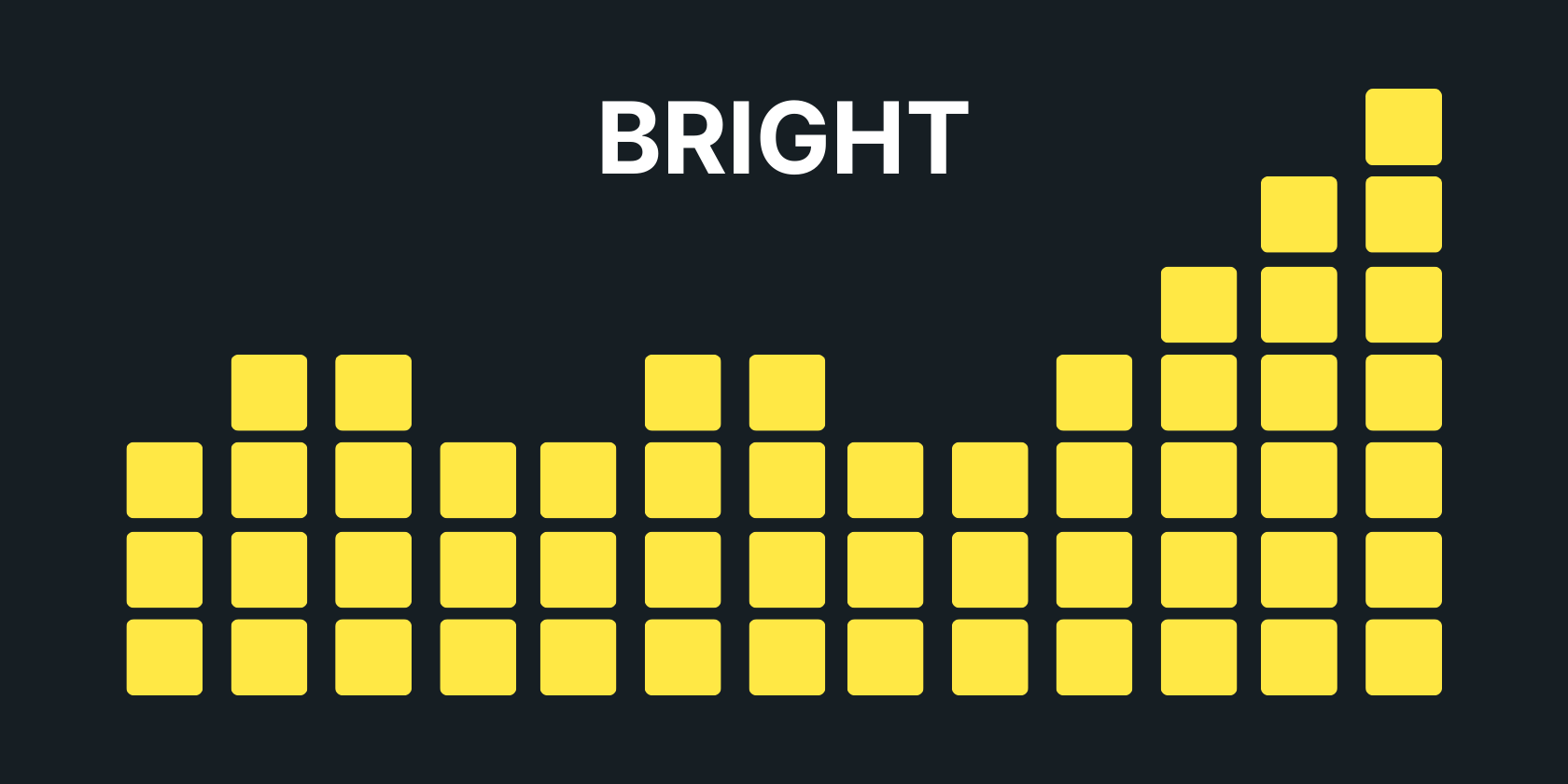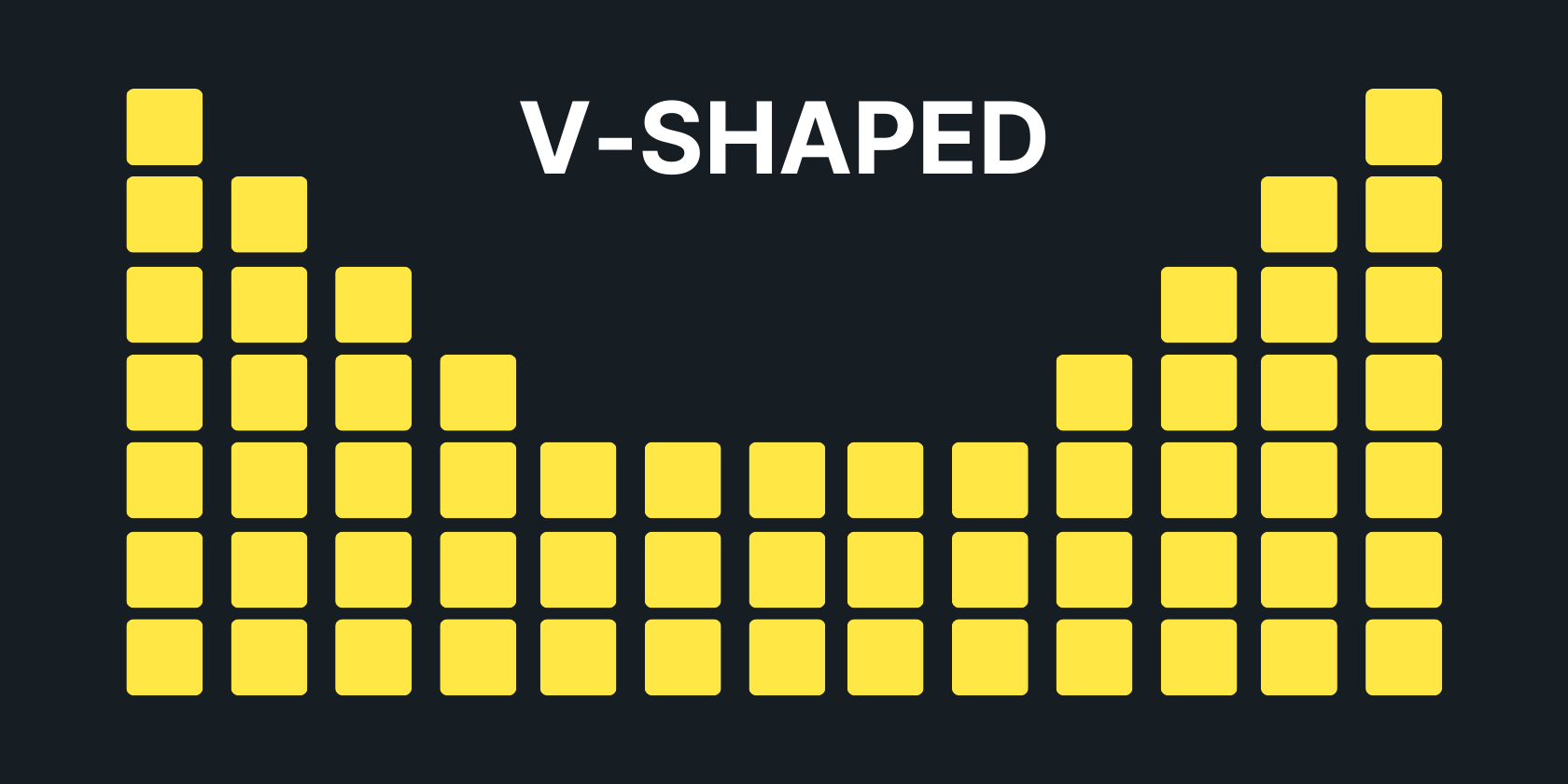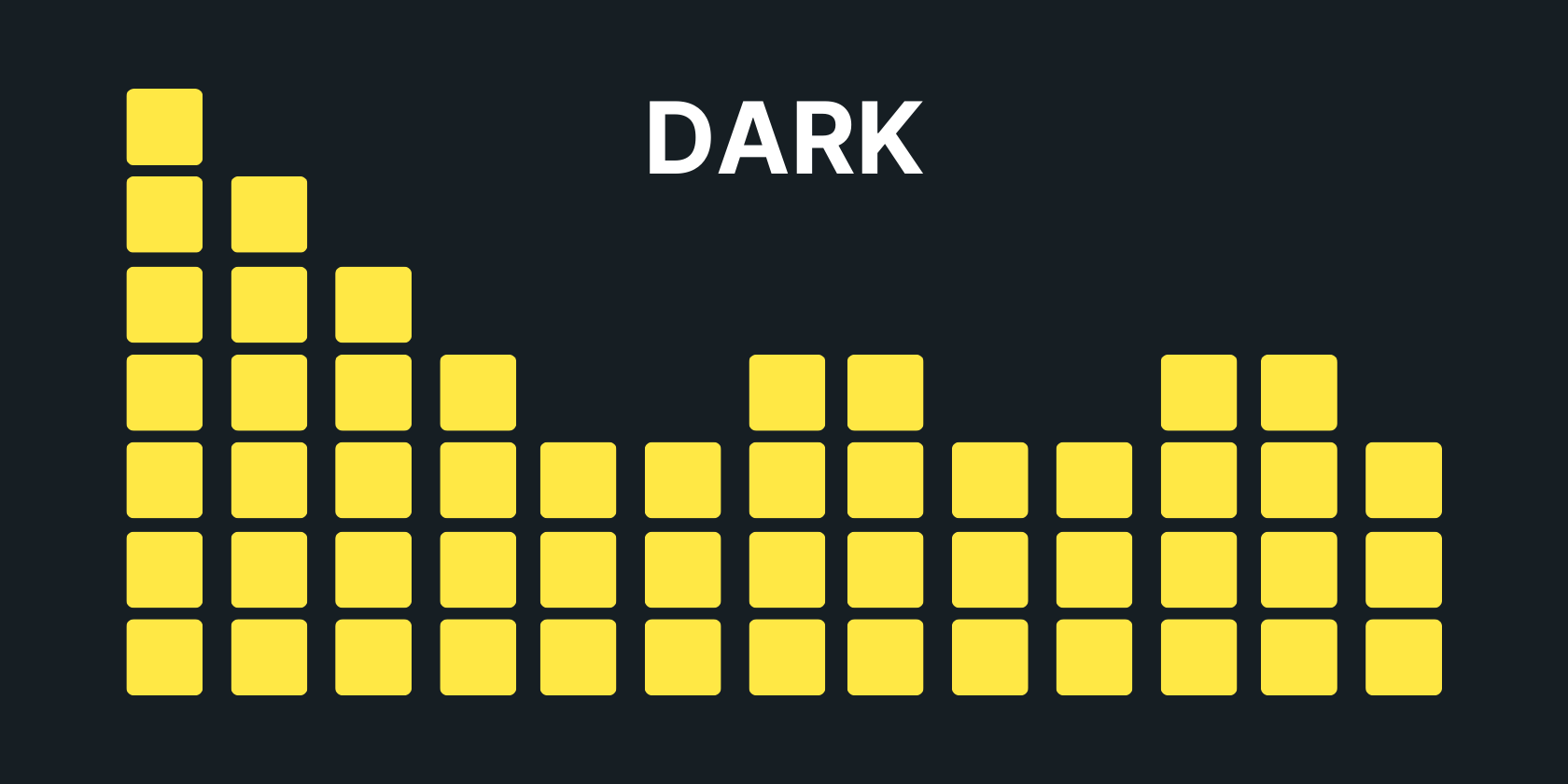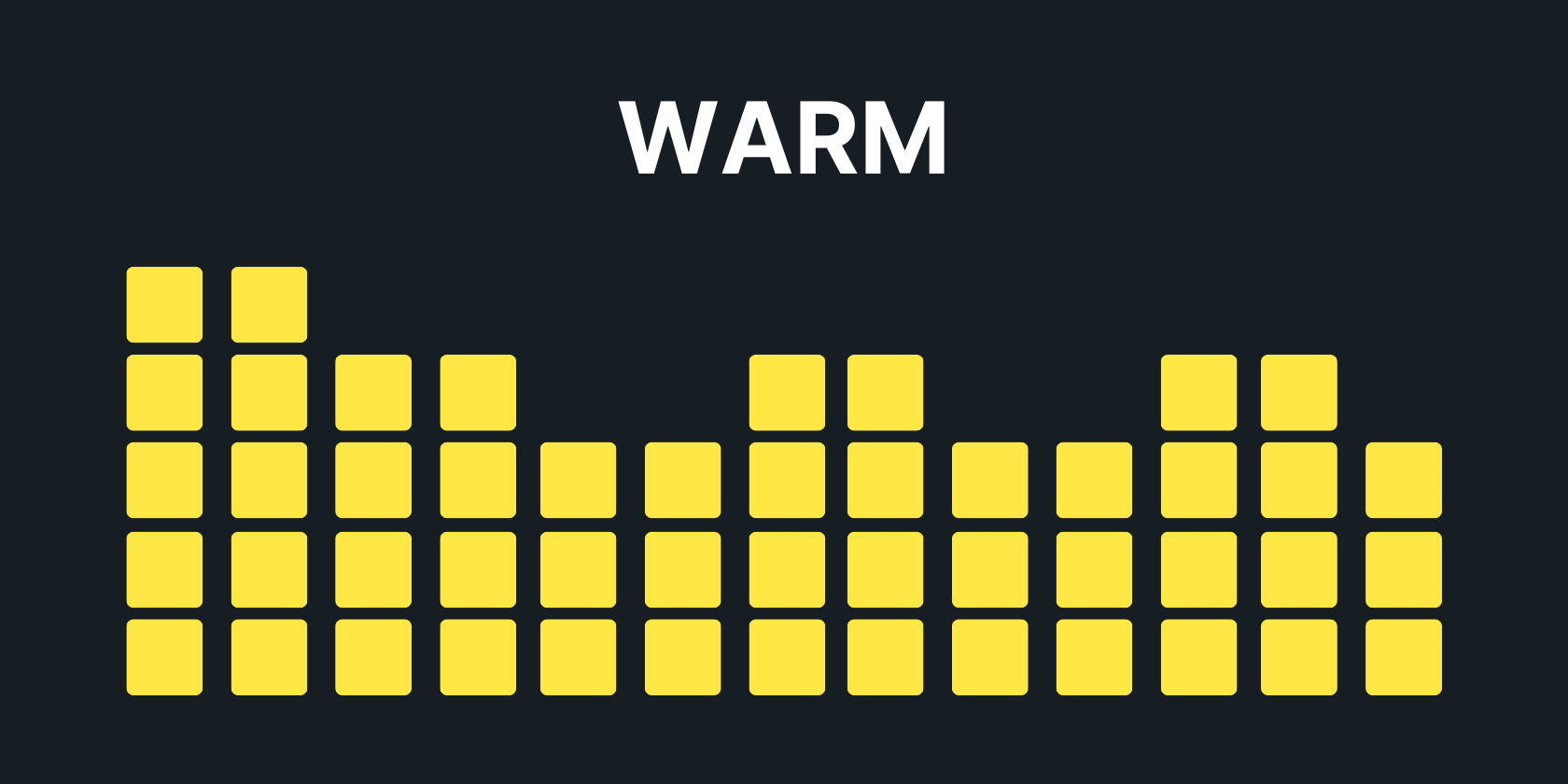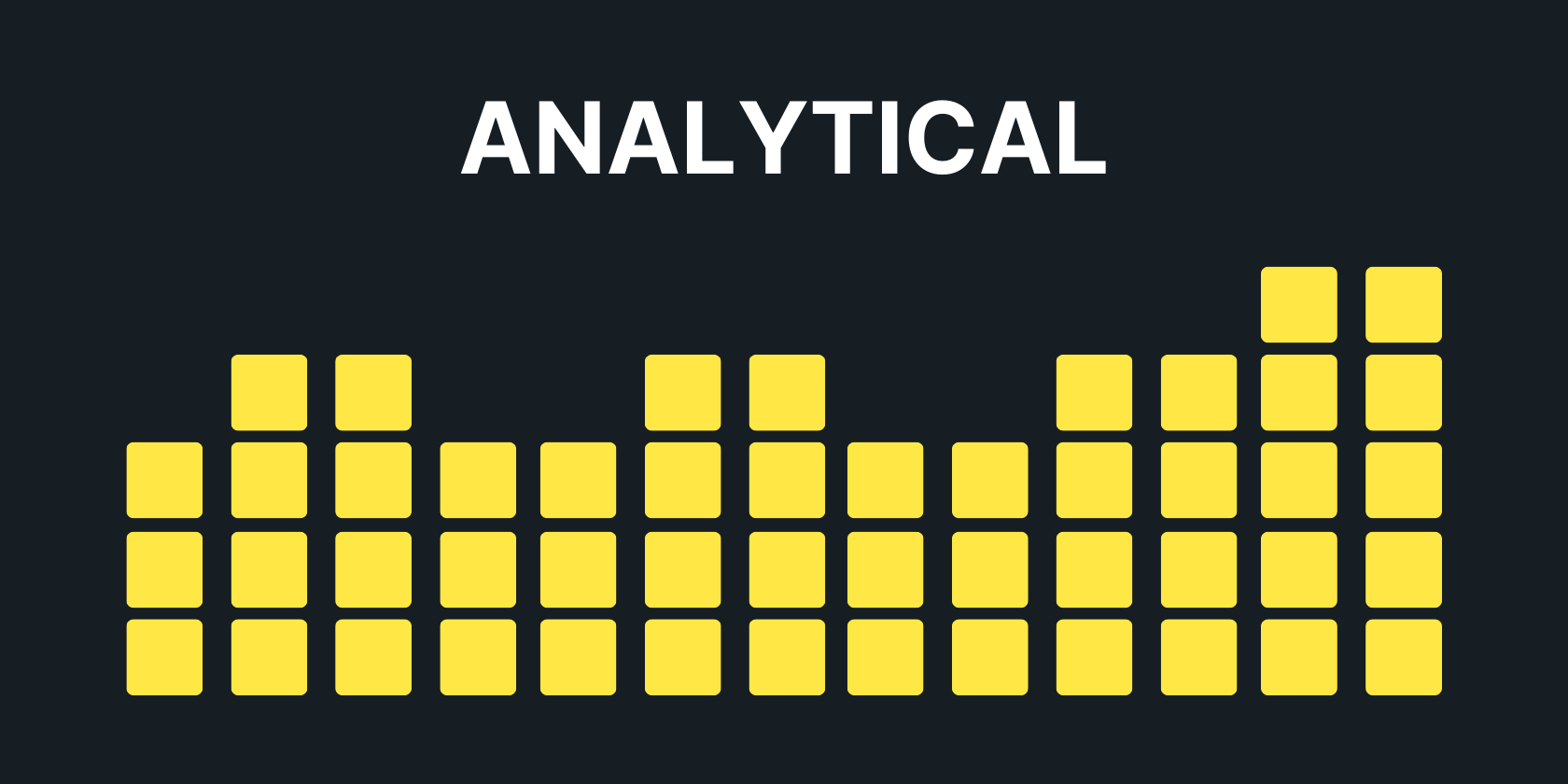If you have an audiophile friend or have watched any headphone reviews on YouTube, you must have noticed how they tend to use words such as "flat," "smooth," or "bright." All of these terms are sound signatures.
Similar to how every person has their own unique signature, every headphone has its unique sound. Let's learn about headphone sound signatures, how they differ, and which ones are best for you.
1. Flat or Neutral
A flat sound signature is when all the frequencies are set at the same value, i.e., there is no elevation or reduction of any particular frequency response. It means the lows (20-250 Hz), the mids (250-2 kHz), and the highs (2 kHz-20 kHz) are all equally tuned.
This sound signature is popular among artists and audio engineers as it is said to be the most neutral, natural, and accurate sound reproduction possible. To put it simply, it helps you listen to songs the way the artist intended. What is recorded is what is heard, as you might experience with high-end IEMs like Audeze's planar magnetic Euclid or Periodic Audio's outstanding Carbon.
While that may sound compelling, some people do not enjoy listening to music with a flat signature as it has no "coloring" whatsoever. Although it gives a lot of detail and clarity, it does so at the cost of sounding a bit dull—confirming that it's intended for mixing and mastering tracks. But, if you know what you're doing, you can use an equalizer to craft the audio experience to your liking.
2. Balanced
A balanced sound signature is perfect for people who want the benefits of the flat signature but don't want the compromise that comes with it. A balanced signature is similar to a flat one, but the frequencies are slightly manipulated to make the listening experience more enjoyable.
This means that you will be able to enjoy your music while still getting more detail, depth, and texture than you normally would. People who listen to balanced sound signatures for the first time often report noticing subtle nuances in their favorite songs that they have never noticed before. However, specifically calling a single set of headphones or earbuds balanced isn't always easy, as there is no official industry standard for what "balanced" means.
If you happen to have access to lossless audio, do try listening to music tuned to a balanced signature. Due to the versatility of this sound signature, it is ideal for almost all genres.
3. Bright
A bright sound signature means the highs (treble) are elevated. This sound signature is popular among audiophiles for its sharper sound as it helps reveal a lot of detail. It is suitable for those who listen attentively and like to spot minute subtleties in their tracks.
However, because of its attention to detail, this signature can also reveal the song's flaws and imperfections, making for a somewhat annoying listening experience.
Also, do keep in mind that the human ear is sensitive to higher-frequency audio. Listening to a bright sound signature for long periods can lead to listener fatigue. If you own a pair of headphones with this signature, it is advisable to take frequent breaks between your listening sessions.
4. V-Shaped or Colored
In the V-shaped sound signature, the lows and the highs are elevated, while the mids are reduced. This signature is the most colorful out of all and, hence, is the most fun listening experience. Most manufacturers opt for this signature in their headphones because it is the safest bet.
A great example of this signature would be Beats by Dre headphones. They are designed to be V-shaped far more than any other major audio brand. However, audio purists usually recommend against a sharp V-shaped signature because most musical instruments produce sound frequencies close to mids.
The sharper the V-shape, the more fun your tracks sound—at the cost of losing detail and definition. For most people, a V-shaped signature (or a close resemblance to it, such as the U-shaped signature) does the job quite well—especially for rock and pop fans.
5. Dark or Bassy
The dark sound signature, as you guessed, is the exact opposite of the bright sound signature. It enhances the lows (bass and sub-bass) and reduces the highs (treble) to give you that extra punch in your music. It's usually used in headphones intended for fitness enthusiasts and gym-goers, but many casual listeners also seem to adore it for its warmer, louder sound.
A natural consequence of this sound signature is that it can sometimes compromise on clarity and details if the bass is too overpowering. Cheap headphones that are marketed to feature "extra bass" often tend to have really muddy bass, i.e., the lower frequencies lack clarity and richness.
Good bass is punchy and has an accurate "decay," meaning that it comes and goes precisely when it should, i.e., according to the artist's intention. Prolonged decay means the bass keeps ringing in your ear longer than it is supposed to. A muddy bass sounds like a pillow thrown on top of a speaker. Just like bright signatures, dark signatures are unfitting for most listeners.
6. Warm or Smooth
The warm or smooth sound signature is the diluted version of the dark signature. This is to say that it emphasizes lows and mids, but only slightly—making sure that higher frequencies are not overpowered, resulting in what audiophiles usually call a relaxed listening experience. In other words, you can listen to your tracks for long periods without any fatigue.
It is ideal for genres such as jazz, rock, soul, and R&B. It gives a fuller bass response, one that is clean yet punchy. It is best for casual listeners who listen to music to relax, study, or simply have it running in the background.
7. Analytical or Clinical
The analytical or clinical sound signature is the opposite of the warm signature. Similar to bright signatures, it has elevated highs and mids but is less extreme. The lows and mids are fairly equal, but the slightly elevated highs produce more clarity and texture.
Since it is not as sharp as the bright sound signature, it does not cause fatigue after long listening sessions. However, it is certainly not as relaxed as the warm signature. It is best for someone who likes instrumental music and female vocals.
Personalize Your Listening Experience
Listening is a very personal experience, and there is no telling which sound signature is the best for you until you try it out for yourself. While the V-shape signature is certainly the most popular one, other sound signatures might be best for you according to your music taste and listening preferences.
For workouts, a darker signature is recommended as it delivers thumping, energizing bass. If you love vocals or listen to a lot of podcasts, pick the analytical signature. If you listen to a variety of genres, a more balanced signature is right for you. Experiment with as many as you can to discover your unique style and personalize your listening experience.

